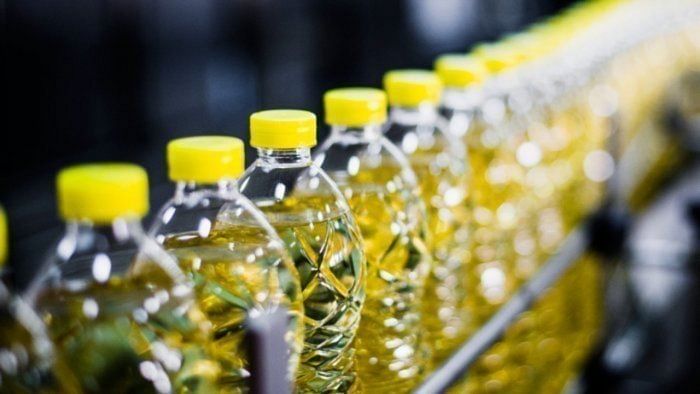
The annual edible oil demand for India is about 25 million tonnes, out of which palm oil accounts for 56% of oil imports, to the tune of 9 MT, costing an import bill of Rs 40,000 crore. According to the National Mission on Edible Oils, “the total potential for expansion of Palm Oil (PO) is around 28 lakh hectares, but only 3.7 lakh hectares are under PO plantations.”
The centre has approved Rs 11,040 crore under the Mission on PO to increase the acreage to 10 lakh hectares by 2025–2026, with a focus on establishing PO plantations in the North-Eastern states and Andaman and Nicobar Islands.
This will increase crude PO production to 11.20 lakh tonnes from the present 0.27 lakh tonnes. According to the mission, this will create a win-win situation, contributing towards sustainable PO production and saving the nation from a high import bill.
Monitored centrally, the strategy is to provide quality seedlings, subsidised inputs, drip irrigation systems, and intercropping during the gestation period to secure cash income for farmers. It also assures a minimum support price for PO.
Will it be possible to achieve these high targets? We need to review this based on the available facts on the ground to decipher the rhetoric and the dim reality.
The main suppliers of PO in world markets are Malaysia and Indonesia. It is the tropical climate combined with high precipitation of 4000 to 6000 mm annually that provides the natural environment for accelerated growth and high yields. A single palm tree requires an average of 150 to 300 litres of water per day to produce high fruit yields.
As India lacks optimal conditions for growing PO, average yields are very low—about 1.6 tonnes in comparison to 6 tonnes per hectare in Malaysia and Indonesia. With impending climate change at our doorsteps, yields will deteriorate further.
In both of these countries, plantations of PO are spread over thousands of hectares at once, with processing plants attached to them. This is essential, as oil has to be extracted within 24 hours of harvesting ripe palm fruits.
In contrast to this, the regions assigned for the PO Mission in the North Eastern region have an average precipitation of about 1500 mm, and in states like Andhra Pradesh and Tamil Nadu, it is still lower. Thus, the water requirement has to be met by extracting groundwater. Despite this, the target areas do not promise good yields of PO, as drier conditions adversely impact the yields.
The next challenge is the transportation of ripe fruits to the processing units within 24 hours. Imagine the logistical difficulties of bringing them from distant hilly terrains in the North Eastern region with almost nonexistent road infrastructure. Any delay results in making the entire crop rancid and unfit for oil extraction. Without such basic infrastructure on the ground, it is almost impossible to achieve the targeted production of PO.
Both of these bottlenecks have resulted in farmers uprooting PO plants in numerous regions in Karnataka’s Shivamogga district and in Tamil Nadu. They also realised that the yields are lower than what was promised and that they cannot grow any intercrop during the gestation period. Which means farmers have to forego income for the first four or five years? At every level, it is a losing proposition for farmers.
If this is the reality, why is our government keen to implement a project that is bound to fail? It is not only the farmers who are at the receiving end, but it has greater ramifications for the fragile ecology of the Andaman Islands and the North Eastern region. Overextraction of water in water-stressed regions like Andhra Pradesh and Tamil Nadu will further accelerate the process of desertification.
The country will have to face the ecological disaster. Overextraction of groundwater, deforestation, and pollution caused by subsidised pesticides will cause irreversible damage to the basic capital of soil and water resources.
The omnipresent PO is a recent entrant as a source of cheap cooking oil. India’s diverse ecological and culinary practices evolved through the edible oil produced locally, suited to each region. Coastal regions in southern India use coconut; in the arid parts of the west and Deccan, it is groundnut; and in the north and eastern regions, it is mustard. Ironically, PO has homogenised Indian cooking, replacing indigenous cooking oils.
These were driven out by deliberate policy support to favour traders, which led to the destruction of self-sufficiency in the edible oil sector.
Instead of chasing the mirage of PO, we need to revive this diverse oil-producing sector. This will lead to a win-win situation as it will reduce our global carbon footprint and pave the way for uplifting the farm sector in dry regions.
(The writer is a Uttara Kannada-based
environmentalist.)